Estonia should not be forgetting its partners, especially the ones that risked their lives – and it should be a firm principle of a country that respects itself and others – no ifs, ands or buts; an Estonia that is based on strong values should not hesitate to help those who are in danger, Silver Tambur, the editor in chief of Estonian World, says of the current stance of the Estonian government when it comes to helping the Afghans in these perilous times.
On 15 August, the Taliban, a fundamentalist Islamist terror organisation, captured Kabul, the capital of Afghanistan. The 20-year Western mission to Afghanistan – initiated in 2001 by the United States in the wake of 9/11 attacks, to root out the Afghan-based terrorist group, Al-Qaeda – collapsed in a single day. The Taliban – that governed the country from 1996-2001 but was toppled by the NATO allies 20 years ago – is back in charge.
The dramatic pictures of the helicopters hastily evacuating the US embassy staff from Kabul were reminiscent of the fall of Saigon in 1975. The Western allies are aiming to evacuate their citizens as fast as possible.
Western allies promise to accept tens of thousands of Afghan refugees
But the next big question is, what will happen to all the Afghans who worked with the Western allies, including Estonia – these people are in a mortal danger as the Taliban is carrying out a door-to-door manhunt for people who worked for and collaborated with NATO and US forces.
The leaders of Germany, the UK, the US and Canada have already announced the number of Afghans their countries are planning to admit. Angela Merkel, the German chancellor, said that of the 2,500 people, including their families, who worked with German forces, 1,900 are already in Germany. She added that her country will also need bring to safety a further 1,000 people who worked with German development agencies and NGOs.
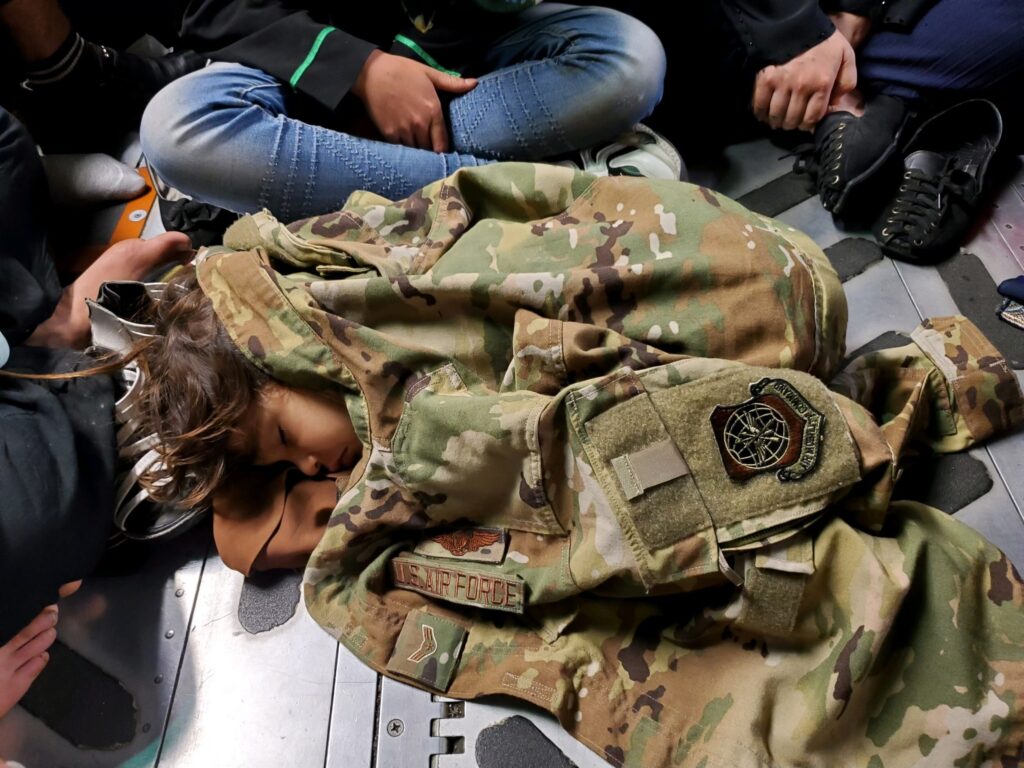
The UK said it will admit 20,000 Afghan refugees over five years. Canada will also resettle 20,000 vulnerable Afghans threatened by the Taliban and forced to flee Afghanistan.
Finland, Estonia’s northern neighbour, has promised to evacuate Afghans who worked for the Finnish state recently and to offer them residence permits, along with their immediate families – a total of 170 people. It’s worth noting that, unlike Estonia, Finland was not even part of the Western coalition in Afghanistan.
And what about Estonia?
On the day of the Taliban’s capture of Kabul, six Afghans who had been working with the Estonian NGO Mondo in Afghanistan, immediately requested help from Estonia.
Mondo has been operating in Afghanistan since 2008. It has collaborated with local partner organisations to improve women’s reproductive health, access to childbirth assistance and to enable access to education for girls. Since 2012, the Estonian NGO has also maintained the Fatima Zahra girls’ school in Jalalabad.
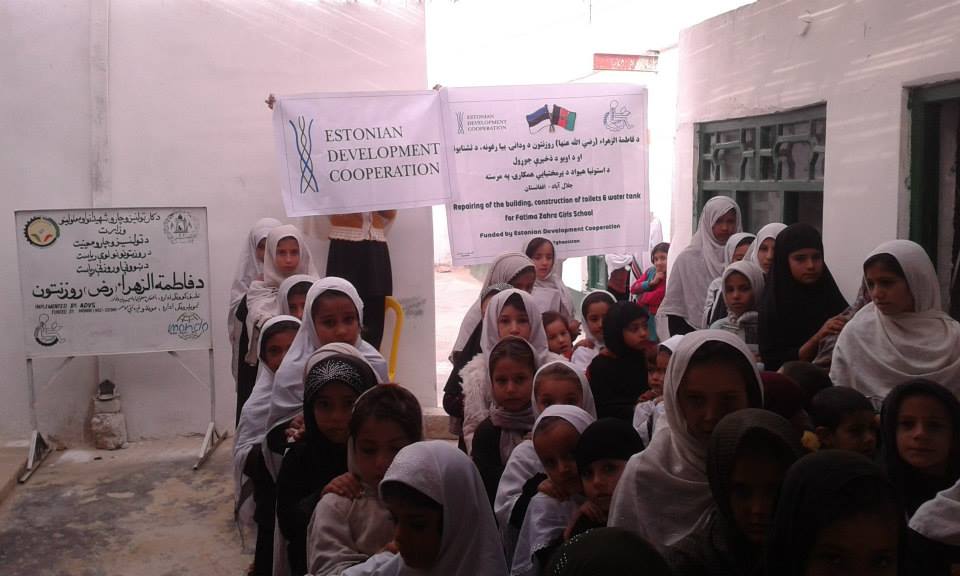
Under the Taliban rule, these local partners of Estonians are now in danger and I, for one, would have expected a concrete and fast “yes, of course we will do everything we can to offer our partners a safe haven” kind of statement from the Estonian authorities.
Instead, when the Estonian foreign minister, Eva-Maria Liimets (the Centre Party), was asked to comment on the matter for the Estonian Television’s main evening news programme – on the day the Taliban marched to Kabul – all we received was an embarrassingly vacuous, vague and robotic reply – indeed, a pre-programmed robot could have given the same reply, if not better.
“The question is how to organise it today. Of course, it is important to communicate here on how exactly to organise the help of these people and, of course, when we talk about accepting people to Estonia, then of course, follow all the domestic procedures we have,” the minister impassively replied.
As if this nonsensical answer wasn’t enough, Liimets made blunder by announcing that there’s a “danger of survival” for the Estonian Afghan partners (presumably, she meant to say there was a danger of death, but she failed to correct herself).
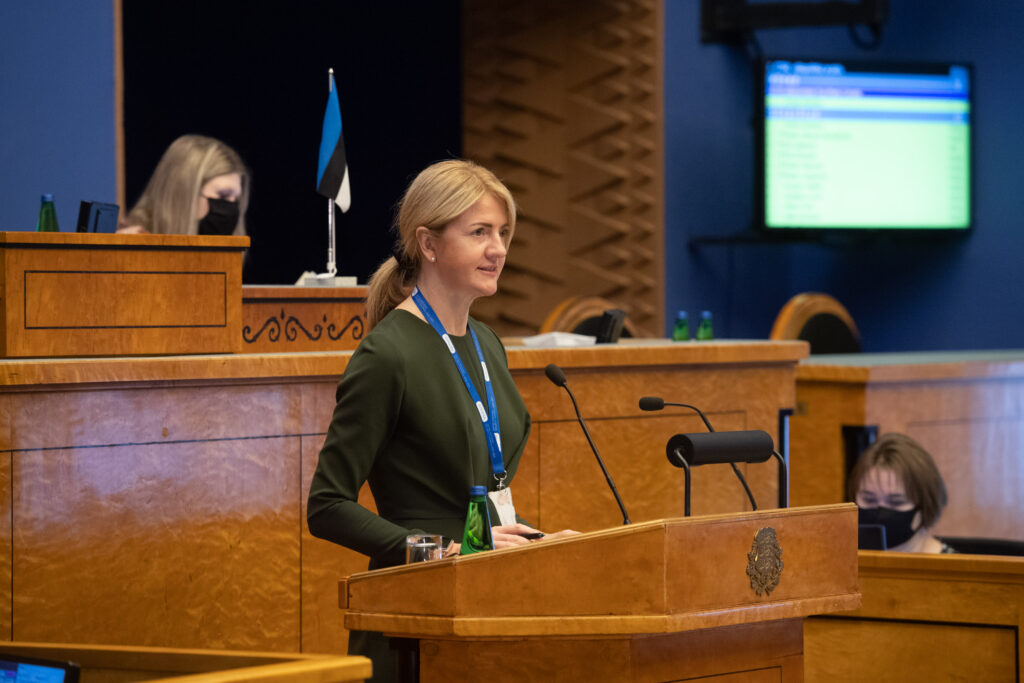
Sadly, the Estonian foreign minister’s meaningless pre-programmed answers didn’t end there.
The next day, Liimets was interviewed on the matter by the Estonian private radio station, Kuku.
“How to bring our people and helpers out of the danger zone [in Afghanistan], how to help them?” the radio station specifically asked with regards to the Afghans who have requested help from Estonia.
“Today, in the eyes of all allied countries, this is indeed one of the concerns, on how to help the Afghans, how to help the Afghans build their own country, given that allied forces are leaving Afghanistan after a 20-year mission,” the foreign minister replied, as if living in a parallel universe.
Note, this was on the second day of the Taliban’s reconquest of Kabul, when desperate crowds were amassing at the city’s international airport and already six Afghans had requested help from Estonia. No one in their right mind was talking about “nation building” anymore – all the eyes were on the evacuation of the Western citizens and on how to help the partnering Afghans.
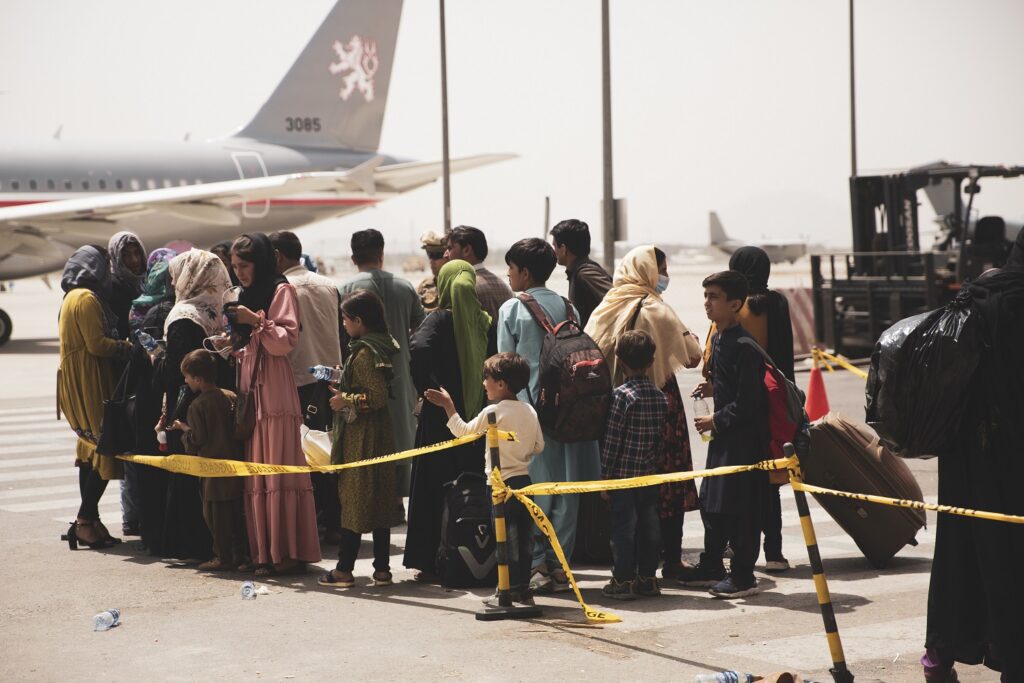
After receiving another endless reply from Liimets on the “efforts by the international community” and “discussion by various organisations”, the radio station attempted once more to receive a clear answer on the Afghans who appealed for Estonia’s help.
“If the discussions reach a quick decision, it would be very nice. Are you at least trying to get there then, because the discussions will probably not help much the waiting Afghans and those who are already hiding [from the Taliban]?” the radio station asked.
“At the moment, it is really the case that discussions alone are not enough, and of course we have a number of goals that could contribute to the continuation of the peaceful process. For example, in the UN Security Council, the aim is to clarify the rapidly changing situation in Afghanistan, where Kabul was held by the Taliban yesterday [15 August] and the Afghan central government has resigned, and we certainly want a joint statement by the UN Security Council to show that UN Security Council members agree on the purpose of this joint statement should be precisely to call for an end to hostilities, which would be a threat to civil society, to the civilian people in Afghanistan, but also to the security of the region as a whole. We would also like the governance model to be created in Afghanistan to be inclusive and to contribute to the safety of Afghans, in particular the safety of civil society, women and girls, and to contribute to the continuity of the institutions built in Afghanistan over the last 20 years,” the Estonian foreign minister replied like a broken record, in another random answer-generator style.
The government finally comes up with a specific number
On 19 August, the Estonian government officially announced the country will accept “up to 30 Afghans (including their family members) who have cooperated with Estonia and its allies”. This includes Afghans who have cooperated with the European Union and NATO, those who have cooperated directly with Estonia and “implemented its foreign policy interests” and the people who worked with the NGO Mondo.
Kaja Kallas, the Estonian prime minister, served the announcement as if Estonia was doing the biggest favour possible. But Eero Janson, the director of the Estonian Refugee Council, told Estonian World that the number of Afghans who have worked with Estonians and would expect help from the country, is definitely greater.
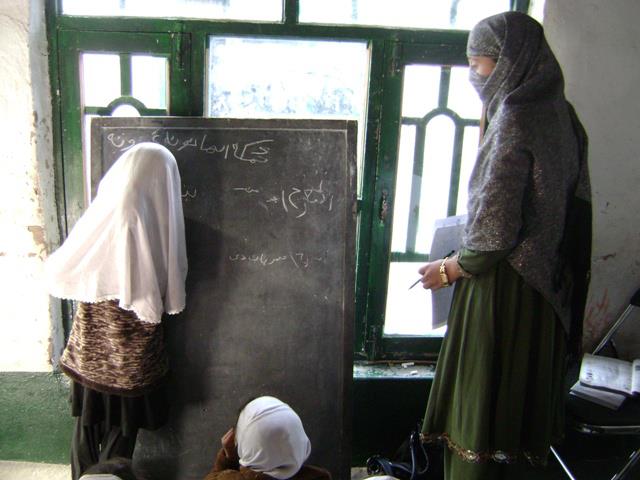
Considering the relative size differences between the populations, if Estonia accepted as many Afghans as the UK, for example, the number would stand at 392 people. If Estonia wanted to equal Finland, it would admit 42 Afghans. And it’s worth again noting here that, unlike Estonia, Finland was not even part of the Western coalition in Afghanistan.
This week, Estonia is celebrating the 30th anniversary of the restoration of its independence. Many opinion leaders and politicians have yet again happily proclaimed that “Estonia now belongs to the rich countries’ club”. Yet again, whenever a question of accepting refugees arises – no matter how few people we’re talking about – many of the very same people bury their heads in the sand.
I believe that not forgetting one’s partners, especially the ones that risked their lives, should be a firm principle of a country that respects itself and others – no ifs, ands or buts. An Estonia that is based on strong values should not hesitate to help those who are in danger.
I don’t expect our government ministers to talk horseshit. I expect them to have an empathy, and emphasise and follow up those values.
The opinions in this article are those of the author. Cover: On the second day of the Taliban’s rule in Kabul, the front of Hamid Karzai International Airport was crowded with people trying to travel abroad, but were stopped by Taliban militants. Photo by VOA, public domain.

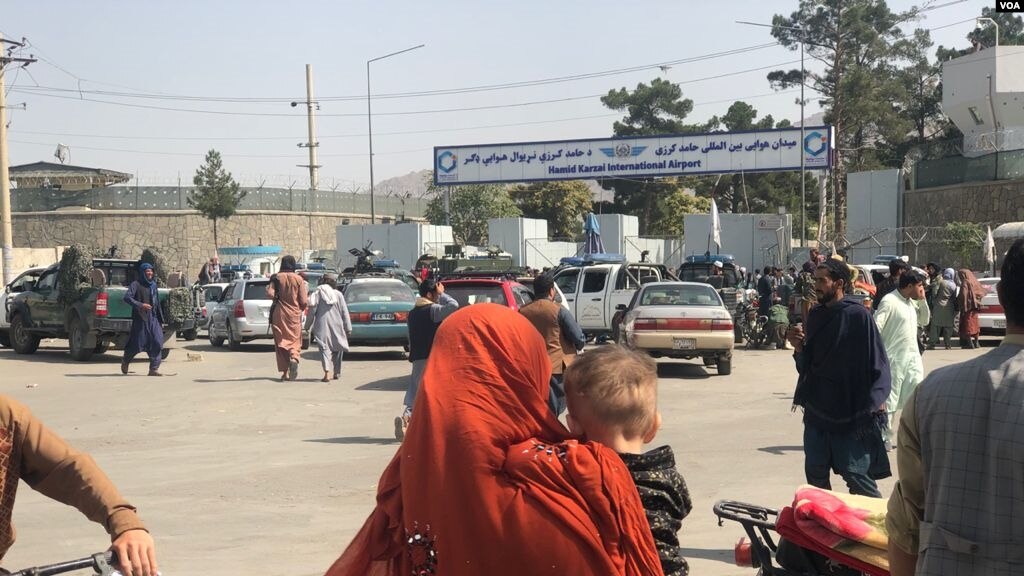
Truth!!